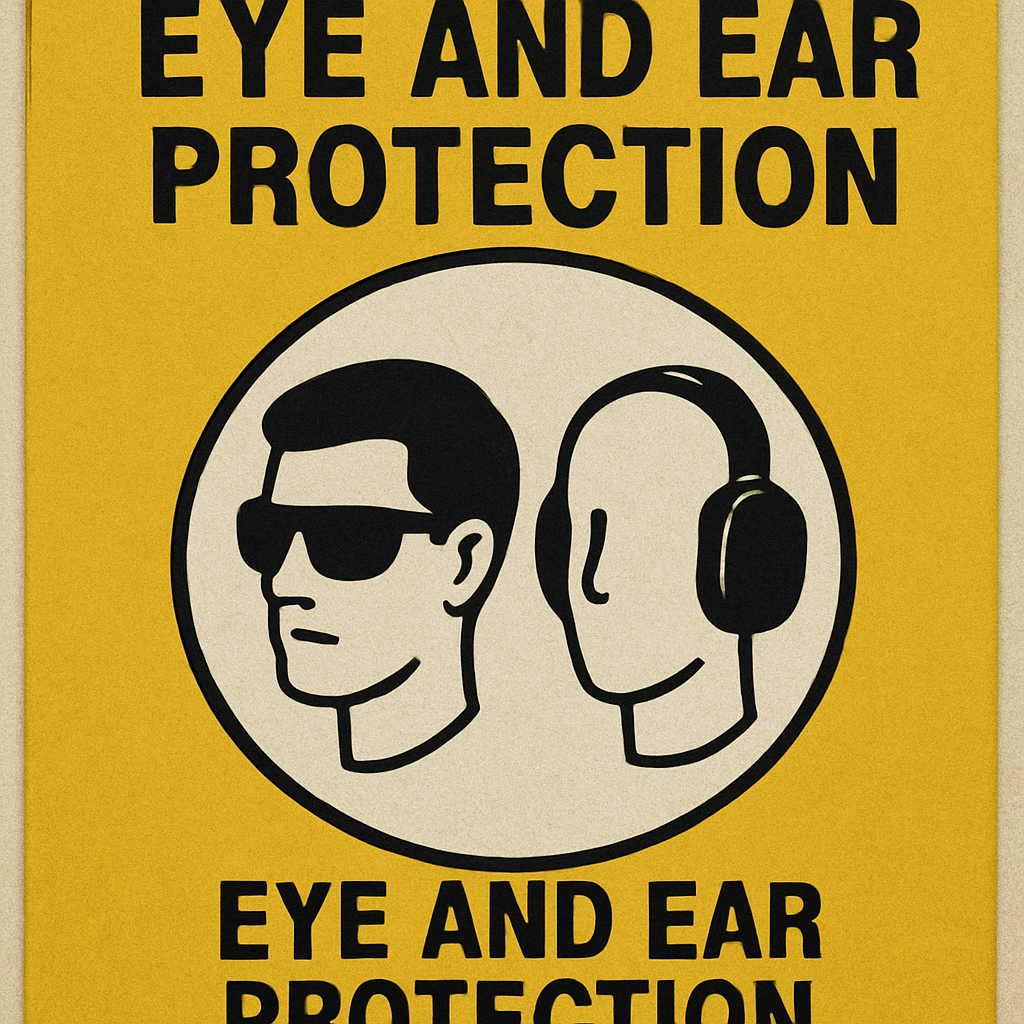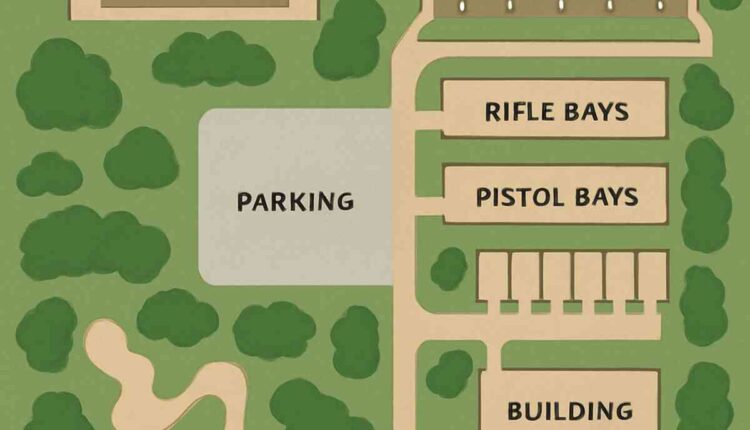Safety Guidelines for Elm Fork Shooters
Hey there, fellow shooting enthusiasts! Whether you’re a seasoned pro or just getting started, safety should always be your top priority when you hit the range. Today, we’re diving into some crucial safety guidelines for Elm Fork Shooters that will keep your experience both fun and secure. So, let’s load up on knowledge and get ready to aim for safety at the Elm Fork Shooting Sports in Dallas. Learn the best info about بت303.
Before we dive into safety tips, let’s get acquainted with the Elm Fork Shooting Sports. Located right in the heart of Dallas, this premier gun range offers a variety of shooting disciplines, from skeet and trap to rifle and pistol ranges. It’s the perfect spot to hone your skills, whether you’re a sharpshooter or just starting out.
Location and Facilities
Elm Fork Shooting Sports is conveniently situated in Dallas, making it accessible for locals and visitors alike. The facility boasts a wide range of amenities to accommodate different shooting disciplines. With well-maintained grounds and state-of-the-art equipment, Elm Fork ensures a top-notch shooting experience for everyone.
Variety of Disciplines
One of the highlights of Elm Fork is the diversity in shooting disciplines. Whether you’re interested in the precision of rifle shooting or the dynamic action of skeet and trap, there’s something for every shooter. This variety allows enthusiasts to try different styles and find their niche in the shooting world.
Commitment to Safety and Enjoyment
Elm Fork Shooting Sports is all about providing a safe and enjoyable environment for shooters of all levels. They prioritize safety by offering clear guidelines and having experienced range officers on site. With that in mind, let’s explore some essential safety guidelines you should follow every time you visit.
Essential Safety Guidelines
Know Your Firearm
Before you even step foot on the range, you should be well-acquainted with your firearm. Understanding how your firearm operates is crucial for safe shooting. Take some time to learn about its loading, unloading, and safety features. This knowledge is not only vital for your safety but also enhances your confidence while shooting.
Understanding Your Firearm’s Manual
Familiarizing yourself with your firearm’s manual is the first step in responsible gun ownership. The manual provides detailed instructions on the operation and maintenance of your firearm. Spend time reading it thoroughly to ensure you understand every aspect of your weapon.
Safe Handling and Storage
Practicing safe handling and storage is essential to prevent accidents. Always handle your firearm as if it is loaded, and ensure it’s stored securely when not in use. Consider using a gun safe or lock to keep unauthorized individuals from accessing your firearm.
The Importance of Respect
Never point a firearm at anything you’re not willing to destroy. This fundamental rule of gun safety emphasizes the importance of respect and caution when handling firearms. By treating every gun as a potential threat, you minimize the risk of accidental harm.
Use Appropriate Eye and Ear Protection

Safety gear is a must on the range. Protecting your eyes and ears is crucial to prevent long-term damage. Shooting ranges can be loud, and ejected shells or debris can pose a risk to your eyes. Make sure to wear proper eye and ear protection to shield yourself from potential hazards.
Investing in Quality Protective Gear
Invest in quality protective eyewear that meets safety standards. Look for lenses that offer impact resistance and UV protection. Quality gear not only provides better protection but also lasts longer, saving you money in the long run.
Choosing the Right Ear Protection
Use earplugs or earmuffs to reduce noise exposure. Consider using electronic earmuffs that enhance quiet sounds while blocking loud noises, allowing you to hear range commands clearly. Proper ear protection is essential to prevent hearing loss over time.
Ensuring Comfort and Fit
Check that your gear fits snugly and comfortably. Ill-fitting protection can be distracting and less effective. Test different options to find the best fit for your needs, ensuring you remain protected without compromising comfort.
Follow Range Commands
At Elm Fork Shooting Sports, range commands are there to ensure everyone’s safety. These commands are designed to maintain order and prevent accidents. Pay close attention to the range officer and follow their instructions. They are there to guide you and keep the environment secure.
Common Range Commands
Familiarize yourself with common range commands such as “cease fire,” “commence firing,” and “clear the range.” Understanding these commands ensures you can respond quickly and appropriately, maintaining a safe environment for all shooters.
Importance of Range Officer Signals
Always wait for the range officer’s signal before handling firearms. The range officer oversees the safety of the range and provides crucial instructions. By respecting their authority, you contribute to a secure shooting environment.
Seeking Clarification When Needed
If you’re unsure about a command, ask for clarification. It’s better to ask questions than to risk making a mistake. Range officers are there to assist and ensure everyone understands the procedures.
Maintain Muzzle Awareness
Keep your firearm’s muzzle pointed in a safe direction at all times. This fundamental rule prevents accidental discharges from causing harm. Remember, even an unloaded gun should be treated with respect.
Safe Muzzle Direction
Keep the muzzle pointed downrange or in a safe direction, away from people and property. This practice minimizes the risk of injury in the event of an accidental discharge. Always be conscious of where your muzzle is pointing.
Awareness of Surroundings
Be mindful of your surroundings and other shooters. Stay aware of where people are positioned and adjust your actions accordingly. Maintaining situational awareness is crucial for preventing accidents on the range.
Avoiding Cross-Muzzle Hazards
Avoid crossing the muzzle over any part of your body. This includes not resting the muzzle on your foot or any other body part. By keeping the muzzle away from yourself and others, you reduce the risk of accidental harm.
Keep Your Finger Off the Trigger
Until you’re ready to shoot, keep your finger off the trigger. This simple habit can prevent accidental discharges and enhance overall safety. Developing this habit is a key component of responsible firearm handling.
Trigger Discipline Basics
Rest your finger outside the trigger guard until you’re ready to fire. This practice ensures you don’t accidentally pull the trigger before you’re prepared. Consistent trigger discipline is essential for safe shooting.
When to Place Your Finger on the Trigger
Only place your finger on the trigger when you’re ready to fire. Make sure you’re aligned with your target and have accounted for your surroundings. This deliberate action helps prevent unintended discharges.
Consistent Practice for Safety
Practice trigger discipline consistently, both on and off the range. Reinforcing this habit in various settings helps it become second nature. By making trigger discipline a priority, you enhance safety for yourself and others.
Safety Tips for Different Shooting Disciplines
Elm Fork Shooting Sports offers a range of shooting disciplines, each with its own set of safety considerations. Understanding these nuances is crucial for safe and enjoyable shooting experiences. Let’s explore some specific tips for popular activities:
Skeet and Trap Shooting
Skeet and trap shooting are all about precision and timing. These sports require quick reflexes and a keen eye for moving targets. Here’s how to stay safe while enjoying these sports:
Handling Your Shotgun Safely
Ensure your shotgun is unloaded when not in use. Always double-check the chamber and magazine before putting it down. This practice prevents accidental discharges during transitions between shooting stations.
Finger Discipline in Action
Keep your finger off the trigger until you’re ready to shoot. This rule is especially important in skeet and trap, where shots are often fired rapidly. By maintaining finger discipline, you reduce the risk of accidental shots.
Awareness of Fellow Shooters
Be mindful of your fellow shooters and wait your turn. Coordinate with others to ensure everyone has a clear shot at the target. Communication and patience are key to a safe and enjoyable skeet and trap experience.
Rifle and Pistol Shooting
Rifle and pistol shooting require focus and control. These disciplines demand precision and patience to hit stationary targets accurately. Follow these guidelines for a safe experience:
Downrange Awareness
Always keep your firearm pointed downrange. This rule is crucial in rifle and pistol shooting, where targets are typically stationary. By maintaining this awareness, you minimize the risk of unintended harm.
Respecting the Firing Line
Be aware of the range’s firing line and stay behind it when not shooting. The firing line is a designated area for active shooters, and staying behind it ensures everyone’s safety. Respect for the firing line is a fundamental aspect of range etiquette.
Choosing the Right Ammunition
Use appropriate caliber ammunition for your firearm. Incorrect ammunition can lead to malfunctions or damage to your firearm. Always verify that you’re using the correct ammunition before loading your weapon.
What to Do in Case of a Malfunction
Even with the best precautions, malfunctions can occur. Firearm malfunctions can be unsettling, but knowing how to respond is crucial for safety. Here’s what to do if you encounter a firearm malfunction on the range:
Staying Calm
Stay calm and composed if a malfunction occurs. Panicking can lead to hasty decisions that increase the risk of accidents. By maintaining your composure, you can address the issue safely.
Assessing the Situation
Determine if it’s a misfire, hangfire, or squib load. Each type of malfunction requires a different response, and understanding the situation is key. Take a moment to assess the problem before taking action.
Seeking Assistance
If you’re unsure how to handle the malfunction, seek assistance from a range officer or experienced shooter. They can provide guidance and ensure the issue is resolved safely. Never hesitate to ask for help when needed.
Conclusion
Safety is the key to a fantastic experience at Elm Fork Shooting Sports. By following these guidelines, you’ll ensure that your time on the range is both enjoyable and secure. Remember, safety isn’t just a set of rules-it’s a mindset that keeps you and your fellow shooters protected.
Embracing a Safety-First Approach
So, next time you head to the Elm Fork gun range in Dallas, keep these safety tips in mind. Embracing a safety-first approach ensures a successful day of shooting. Happy shooting, and stay safe out there!
Continuous Learning and Improvement
Safety is an ongoing process that benefits from continuous learning and improvement. Stay informed about best practices and advancements in shooting safety. By committing to lifelong learning, you enhance your skills and contribute to a safer shooting community.
Fostering a Culture of Safety
Encourage others to prioritize safety and share your knowledge with fellow shooters. Fostering a culture of safety benefits everyone on the range and beyond. Together, we can create an environment where shooting sports are both enjoyable and secure for all participants.

